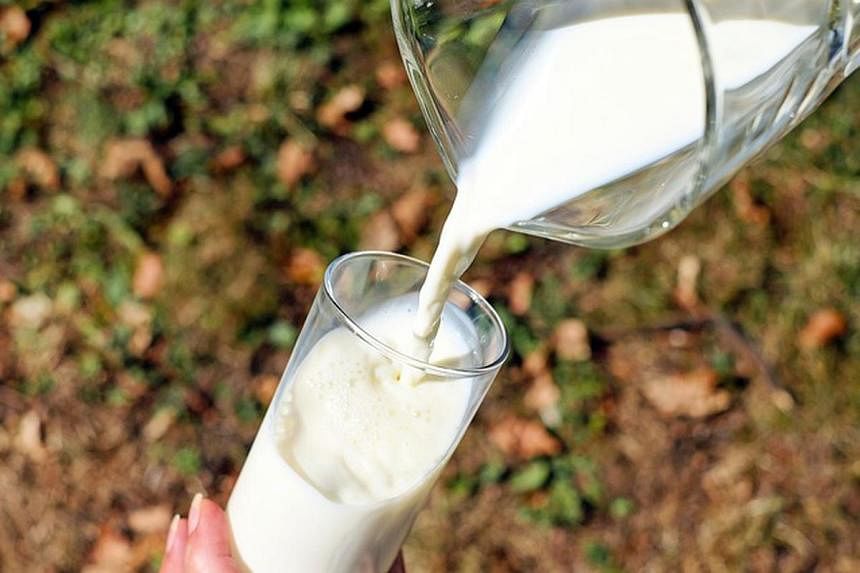NEW YORK - Federal regulators have discovered fragments of bird flu virus in roughly 20 per cent of retail milk samples tested in a nationally representative study, the US Food and Drug Administration said in an online update on April 25.
Samples from parts of the country that are known to have dairy herds infected with the virus were more likely to test positive, the agency said. Regulators said there is no evidence that this milk poses a danger to consumers or that live virus is present in the milk on store shelves, an assessment public health experts have agreed with.
But finding traces of the virus in such a high share of samples from around the country is the strongest signal yet that the bird flu outbreak in dairy cows is more extensive than the official tally of 33 infected herds across eight states.
“It suggests that there is a whole lot of this virus out there,” said Dr Richard Webby, a virus and influenza expert at St Jude Children’s Research Hospital.
The findings raise questions about how the virus, which is known as H5N1, has evaded detection and where else it might be silently spreading. Some scientists have criticised the federal testing strategy as too limited to reveal the true extent of viral spread.
Until April 24, when the Department of Agriculture announced mandatory testing of dairy cows moving across state lines, testing of cows had been voluntary and primarily focused on cows with obvious symptoms.
As of April 24, just 23 people had been tested for the virus, while 44 people were being monitored after exposure to it, according to the Centres for Disease Control and Prevention.
A widespread outbreak in cows would pose a greater risk to farmworkers, the dairy industry and public health more broadly. Sustained spread among cows would give the virus more opportunities to acquire mutations that make it more transmissible among humans.
Experts believe that the process of pasteurization, in which milk is briefly heated, should inactivate this bird flu virus, known as H5N1.
“And when you destroy the virus, it’s going to release genetic material,” said Dr Samuel Alcaine, a microbiologist and food scientist at Cornell University. The genetic fragments left behind are not capable of causing infection.
“It’s not surprising” to find them in milk, he added. “It doesn’t mean that the milk is not safe.” NYTIMES

